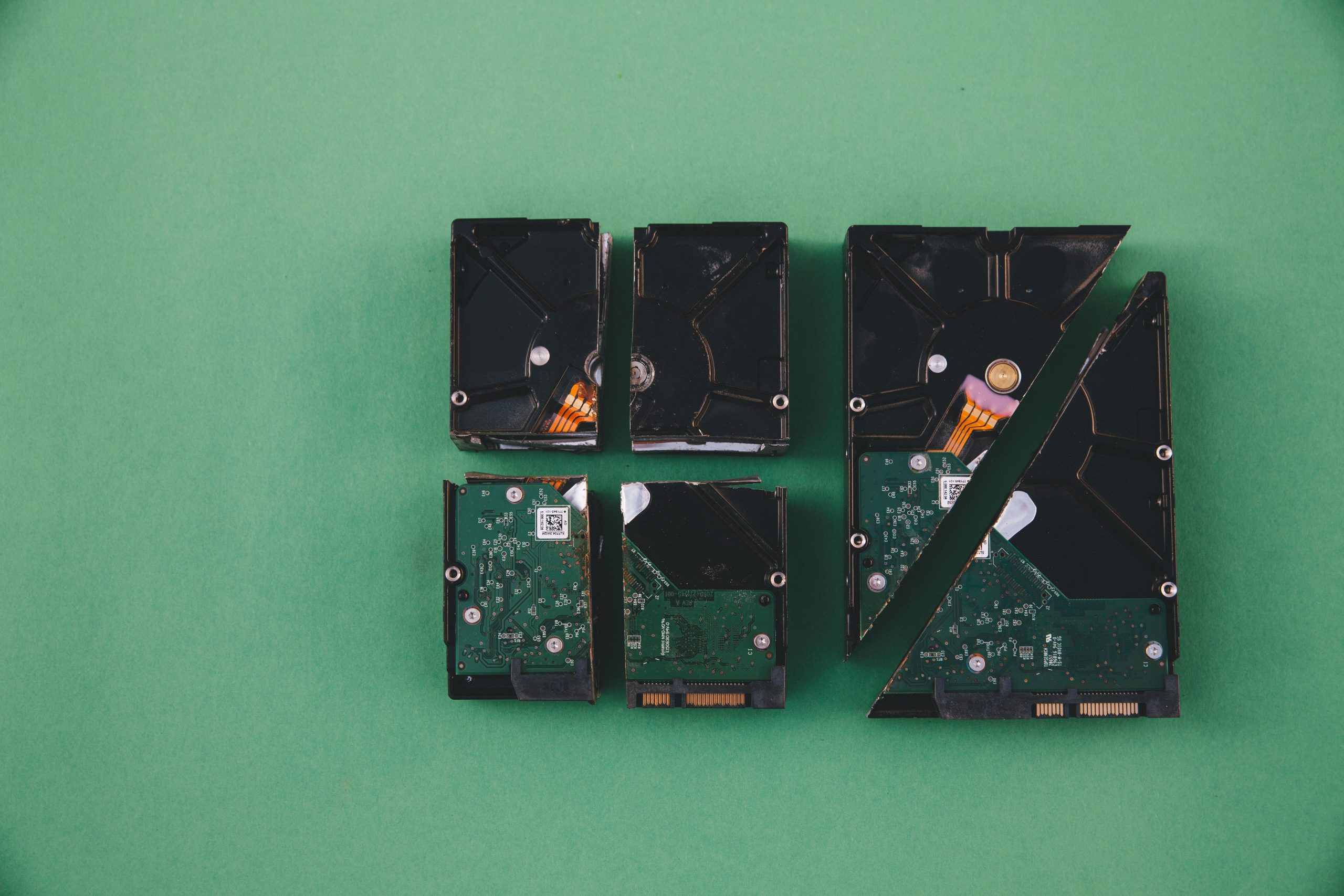Troubleshooting Tips for Accessing Your External Hard Drive
Having trouble accessing your external hard drive? You’re not alone. Many users encounter issues when connecting their drives to a computer. If you find that your external hard drive vibrates upon connection but fails to show up on your computer, here are some steps you can take to troubleshoot the problem.
Check the Basics
-
Connection and Cables: Start by verifying that the connection is secure. Check the USB cable for any signs of damage. If possible, try using a different cable or connecting to a different USB port on your computer.
-
Power Supply: Some external hard drives require an external power source. Ensure that your drive is properly powered if it has an external power adapter.
Restart and Reconnect
Rebooting your computer can often resolve connectivity issues. After restarting, reattach the external hard drive and see if it is recognized.
Disk Management
If your device still doesn’t show, it’s time to delve into your system settings. On Windows, you can access the Disk Management tool by right-clicking on the Start menu and selecting “Disk Management.” Look for your external hard drive in the list. If it appears but isn’t assigned a drive letter, you can right-click on it and select “Change Drive Letter and Paths” to assign a letter.
Driver Issues
Outdated or corrupted drivers can also prevent your computer from recognizing external hardware. To check for driver updates, go to the Device Manager (you can search for it in the Start menu), expand the “Disk Drives” section, then right-click on your external hard drive to see if any updates are available.
Data Recovery, If Needed
If your external hard drive appears to be faulty and you have important data on it, consider seeking professional data recovery services. It’s crucial to avoid attempting risky repairs, as this might worsen the situation.
Conclusion
Connecting an external hard drive should ideally be a straightforward process. However, when faced with connectivity issues, these troubleshooting steps can often help you regain access to your data. If you’ve tried everything and the problem persists, it might be time to consult a professional or consider replacing the device. Remember, regular backups of important files are key to avoiding data loss in the future!
Share this content:




Hi, thank you for reaching out. Based on your description, it sounds like your external hard drive is receiving power but not being recognized by your computer. Here are some additional steps you can try:
If the above steps don’t resolve the problem, and the drive continues to vibrate but isn’t accessible, it could be a hardware fault. In such cases, considering professional data recovery services might be your best option, especially if you have important data on the drive. Remember to avoid attempting risky repairs yourself to prevent further damage.
Hopefully,